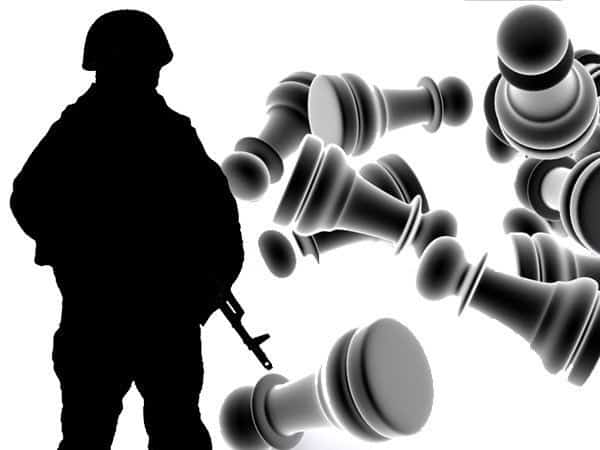UN High Commissioner for Human Rights Zeid Ra`ad Al Hussein on Wednesday called on all parties to the conflict in eastern Ukraine to prioritize the protection of civilians and take urgent steps to de-escalate the increasingly tense situation at the contact line, warning that civilian casualty figures have risen dramatically in the past two months.
The UN Human Rights Office documented 69 civilian casualties in eastern Ukraine in June 2016, including 12 dead and 57 injured. This was nearly double the figure for May 2016 and the highest figure since August 2015. In July, the figure rose further to 73 civilian casualties, including eight dead and 65 injured. The monthly average for June and July this year, at 71, was more than double the monthly average of 34 in the nine months between September 2015 and May 2016, the report says.
”The escalation of hostilities and the accompanying civilian casualties in eastern Ukraine over the last two months are very worrying. Civilians are once again having to flee to improvised bomb shelters in their basements, sometimes overnight, with increasing frequency – the price of the ceasefire violations is too high for the women, men and children in eastern Ukraine,” High Commissioner Zeid said.
”The many casualties we have documented in recent weeks suggest that neither Ukrainian forces nor the armed groups are taking the necessary precautions to protect civilians. We urge all sides to respect the ceasefire provisions, to remove combatants and weapons from civilian areas, and to scrupulously implement the provisions of the Minsk Agreements.”
More than half of all the casualties recorded in the past two months were caused by shelling. Between June 1 and July 31, 2016, 72 civilians were injured and six killed by shelling, including allegedly through the use of weapons expressly prohibited by the Minsk Agreements. Mines, explosive remnants of war, booby traps and improvised explosive devices were responsible for most of the remaining casualties.
UN human rights teams on both sides of the contact line have documented reports of civilian homes looted, schools and hospitals shelled or used by Ukrainian forces and armed groups. In one incident, on Saturday, July 23, Municipal Hospital No. 21 in Donetsk city sustained damage from shelling. In Zaitseve, armed groups of the self-proclaimed `Donetsk people`s republic` are reportedly positioned in a hospital, undermining the special protection afforded medical facilities under international humanitarian law. Ukrainian forces continue to be positioned in a school in Pavlopil, endangering surrounding civilian areas. Hospitals and schools in areas controlled by armed groups have repeatedly been hit by artillery fire. Over the past weekend, UN human rights staff in Donetsk heard sustained exchanges of fire and shelling at night and witnessed the damage of a number of homes in the Kuibyshevskyi district of Donetsk city as a result of shelling.
Damaged electric stations or lines have resulted in interruptions of water supplies and limited access to water for residents on both sides of the contact line. An estimated 25,000 to 30,000 people cross the contact line each day, using five crossings that are surrounded by inadequately marked minefields. In recent weeks, the situation has become even more dangerous as exchanges of fire have reportedly taken place between Ukrainian forces and Russian armed groups, particularly around the footbridge at Stanytsia Luhanska, the only crossing point in Luhansk region.
”I urge the parties to the conflict to heed the calls of the international community to disengage from the contact line and to adhere to a full and sustainable ceasefire,” High Commissioner Zeid said. ”The Government and armed groups in control of certain areas of Donetsk and Luhansk regions must respect applicable international human rights law and international humanitarian law.”
The High Commissioner recalled that Ukraine has committed to ratify the Rome Statute of the International Criminal Court, but has yet to do so. ”The ratification of the Statute, with its focus on individual criminal responsibility, will serve as incentive for all parties to the conflict to respect the law and ensure the protection of civilians,” he said.
In total, from mid-April 2014 to July 31, 2016, the UN Human Rights Office has documented 31,690 casualties, including 9,553 killed and 22,137 injured in the conflict area in eastern Ukraine. This includes Ukrainian armed forces, civilians and members of the armed groups.





